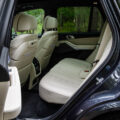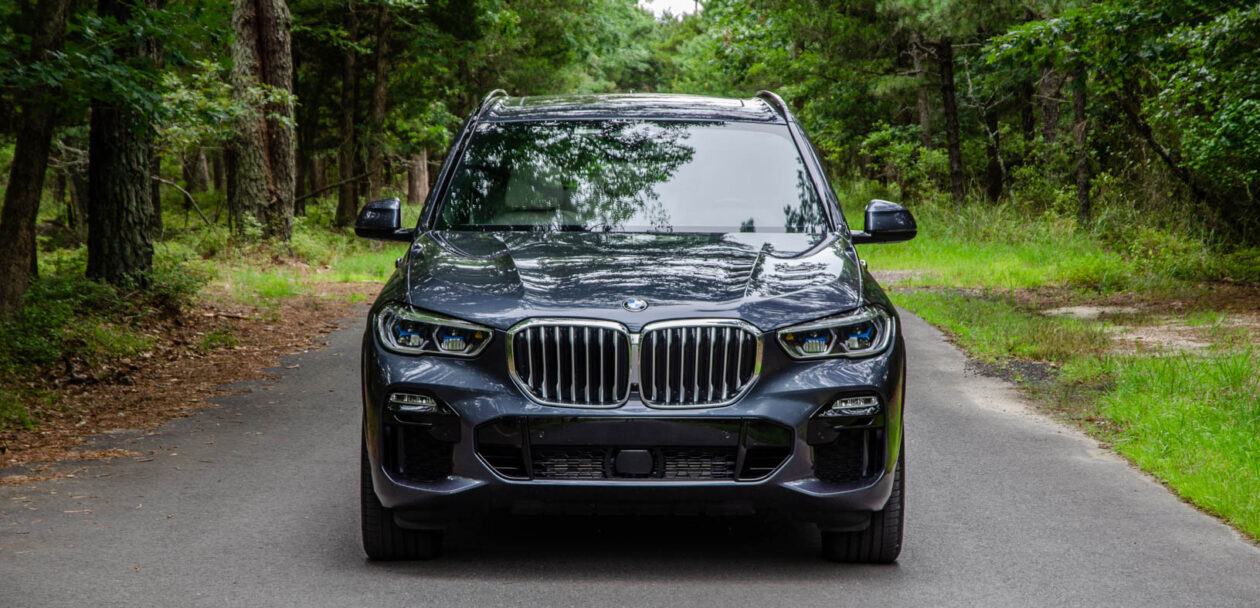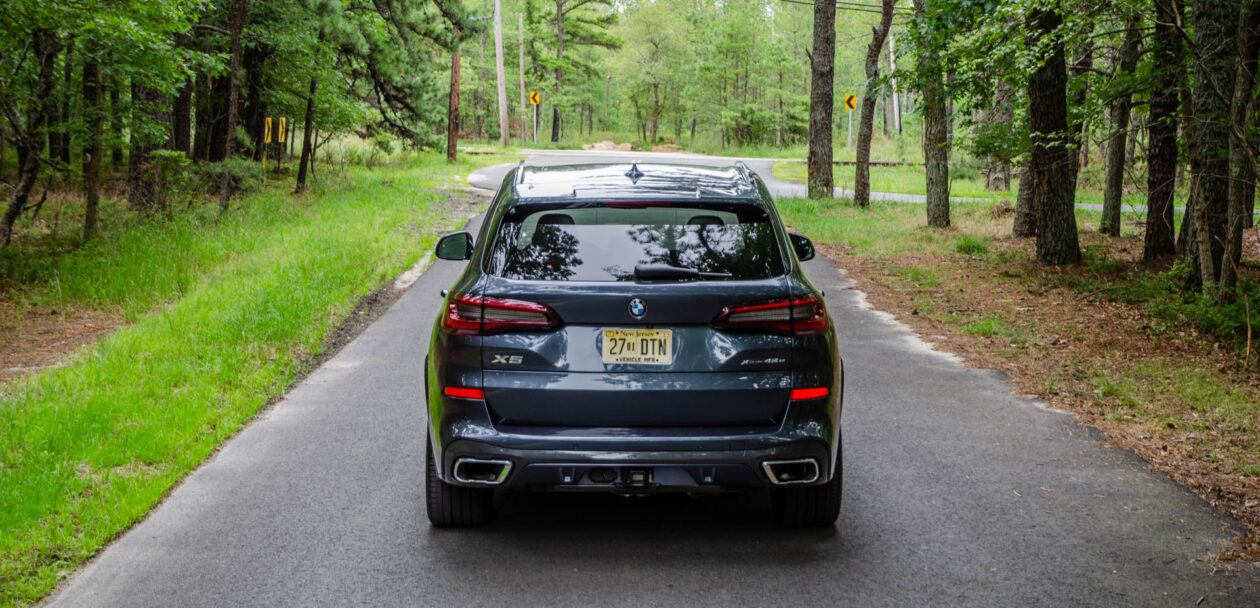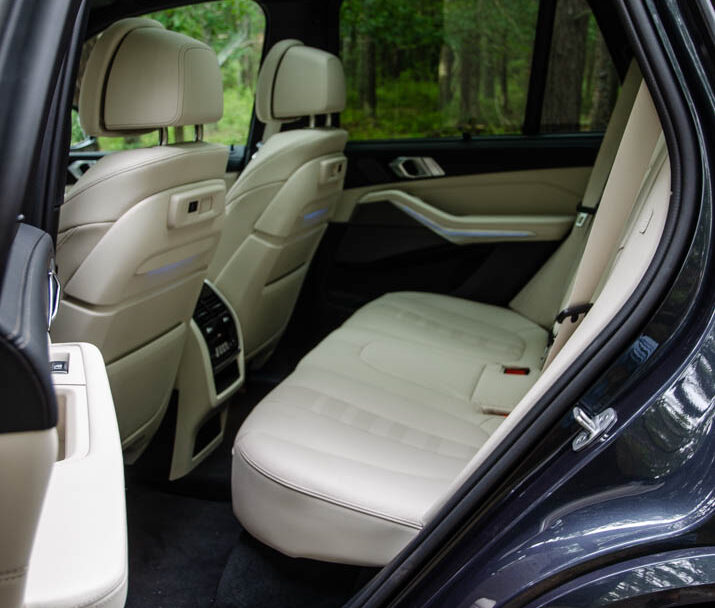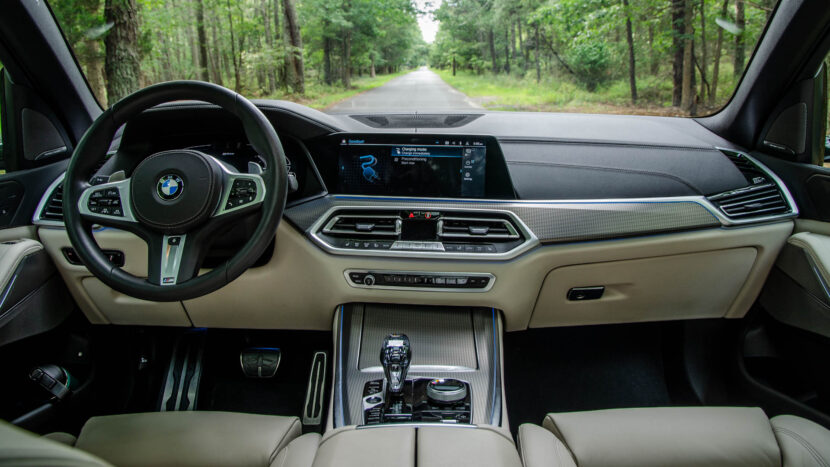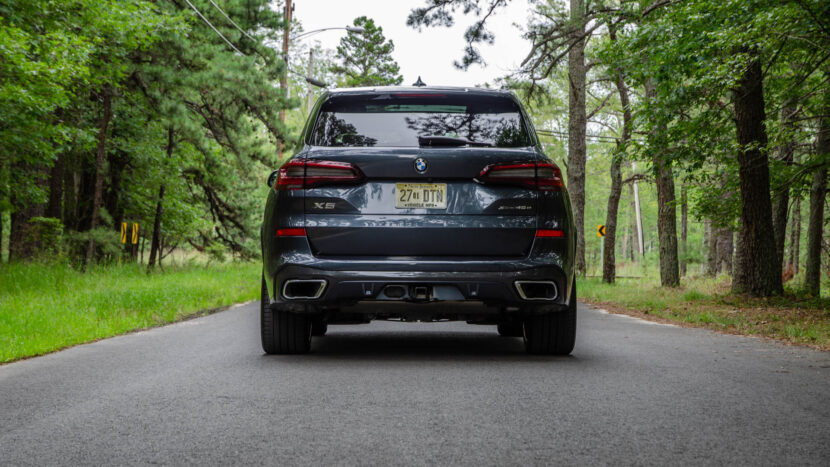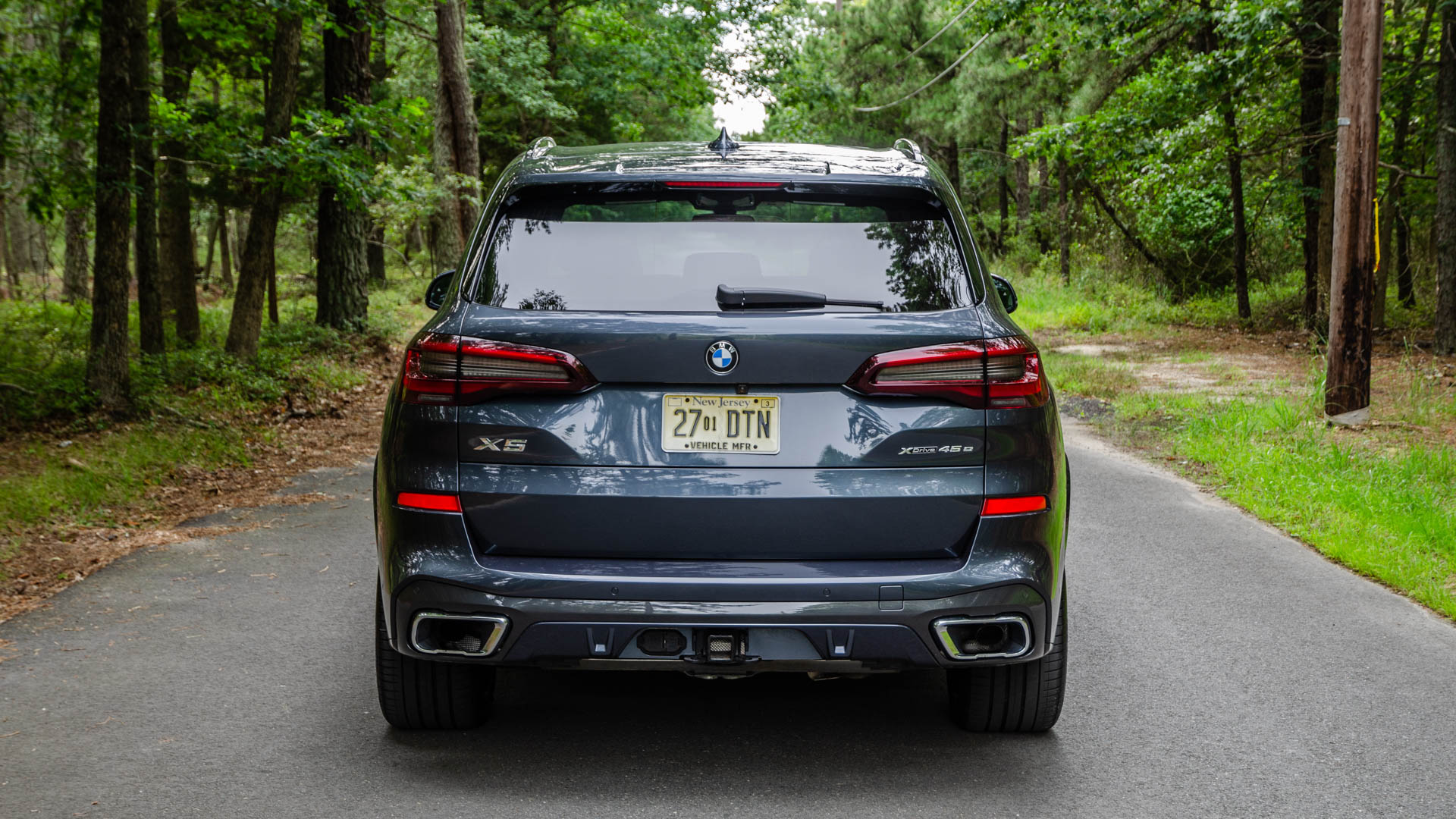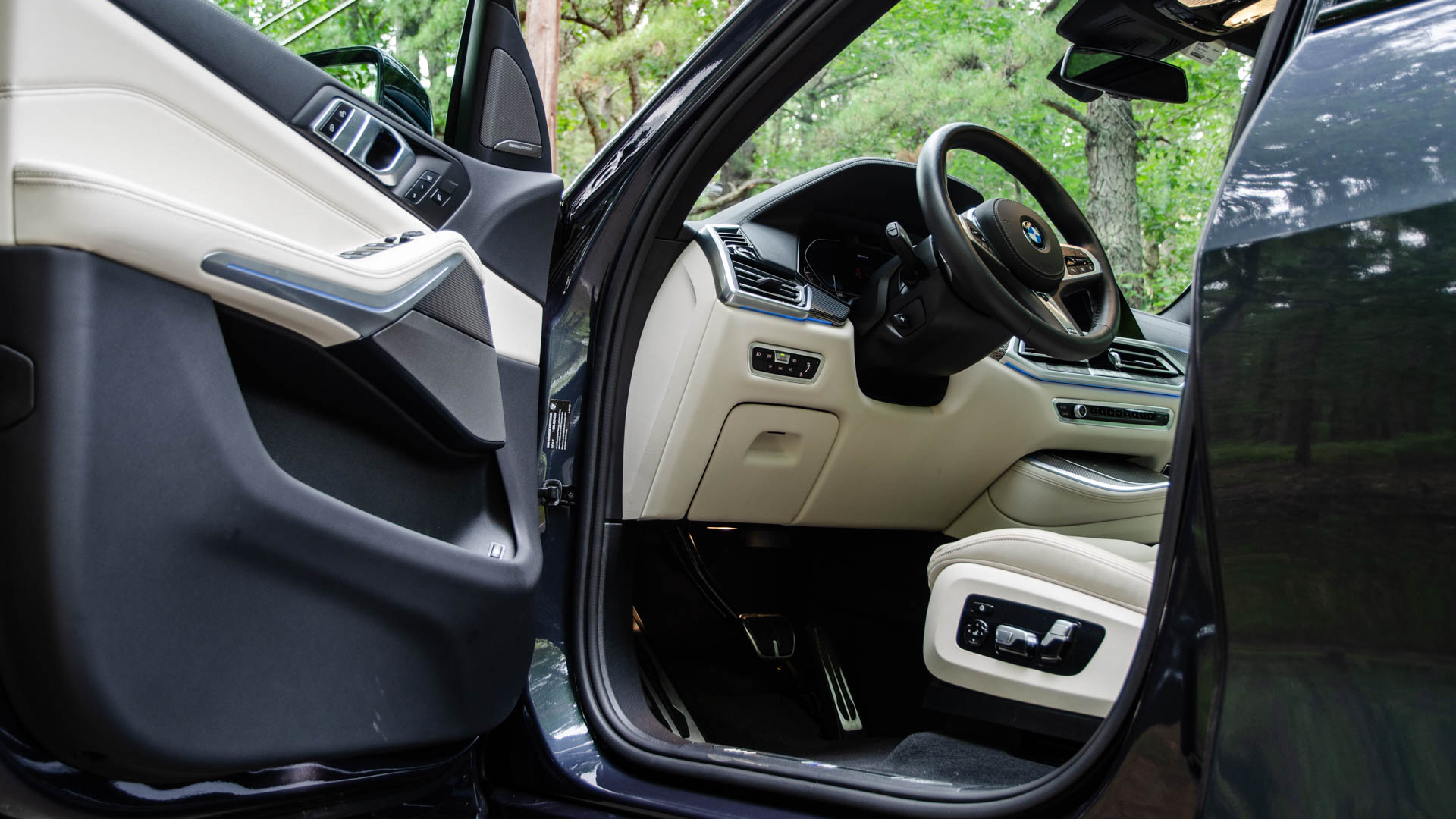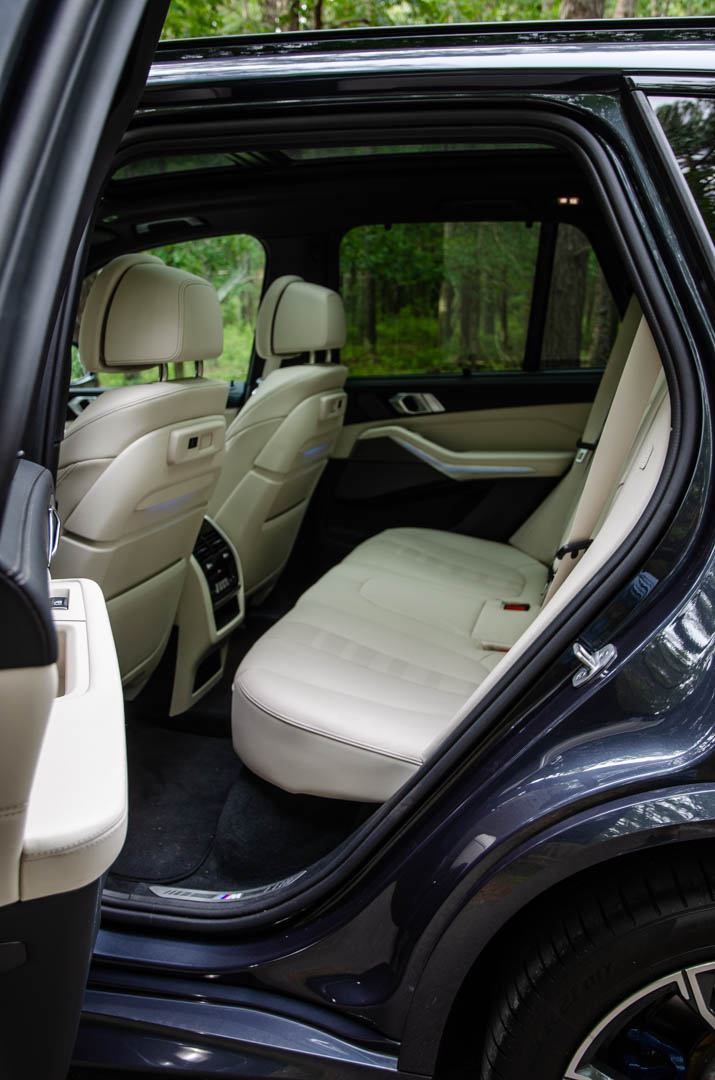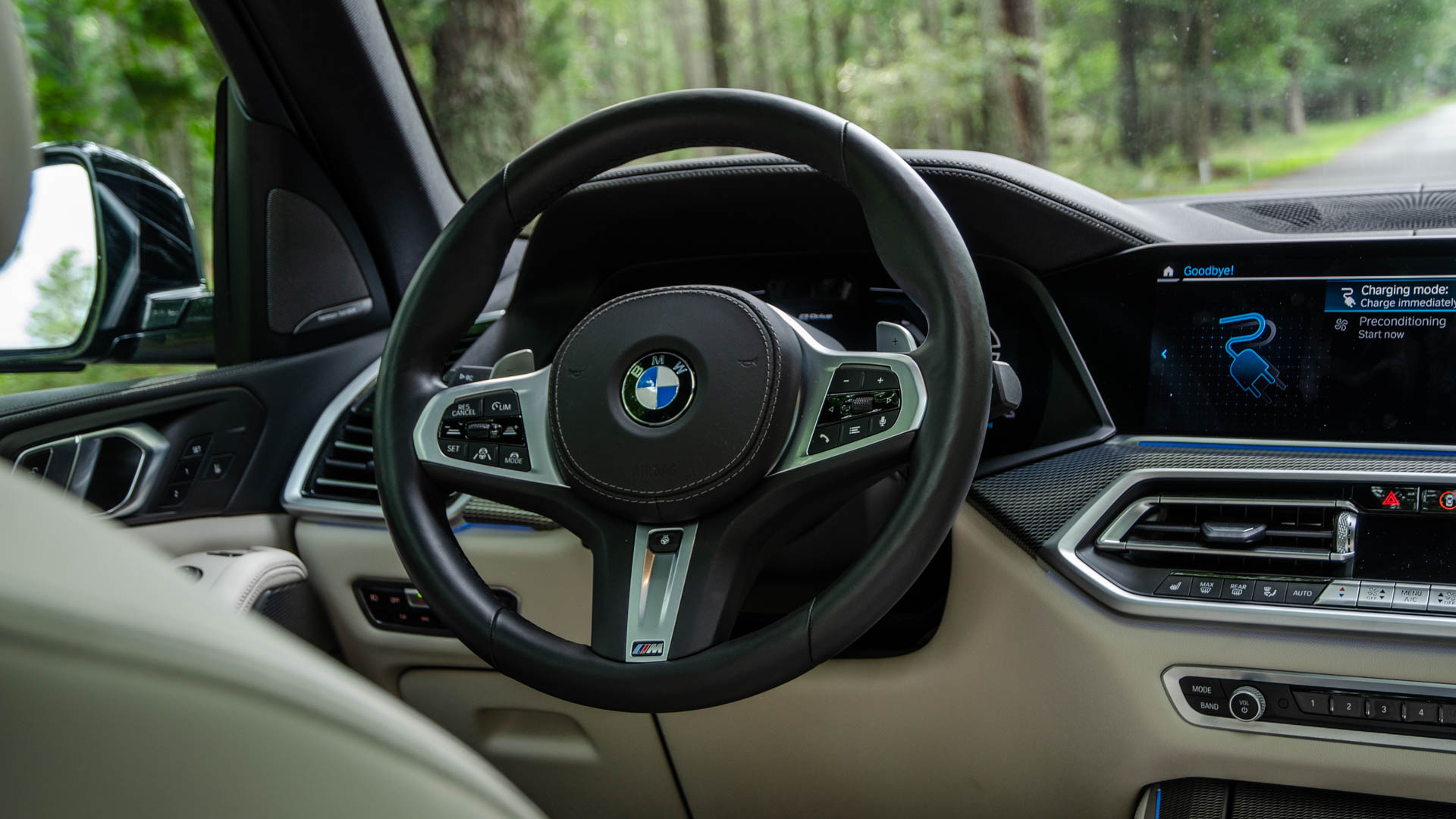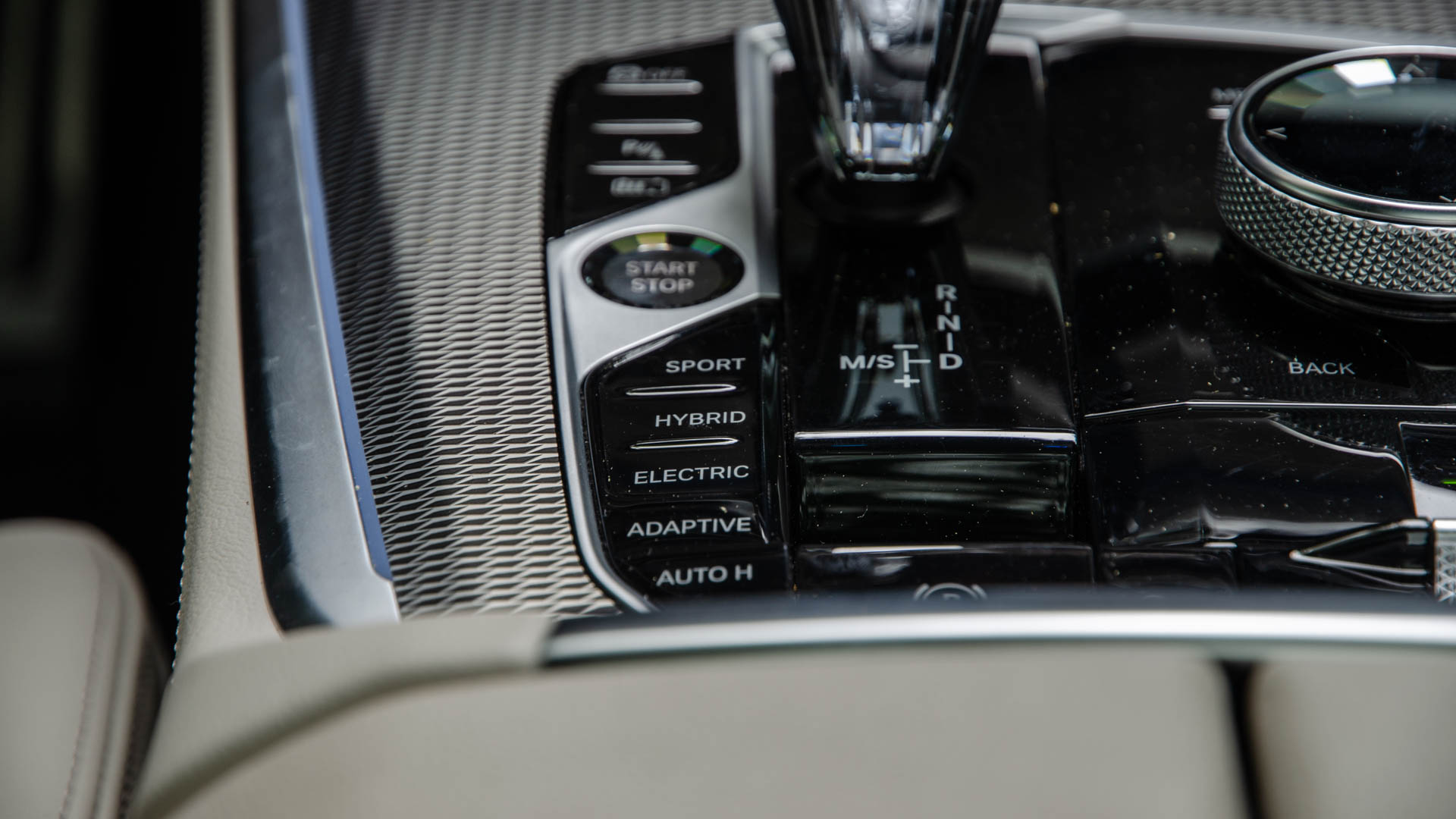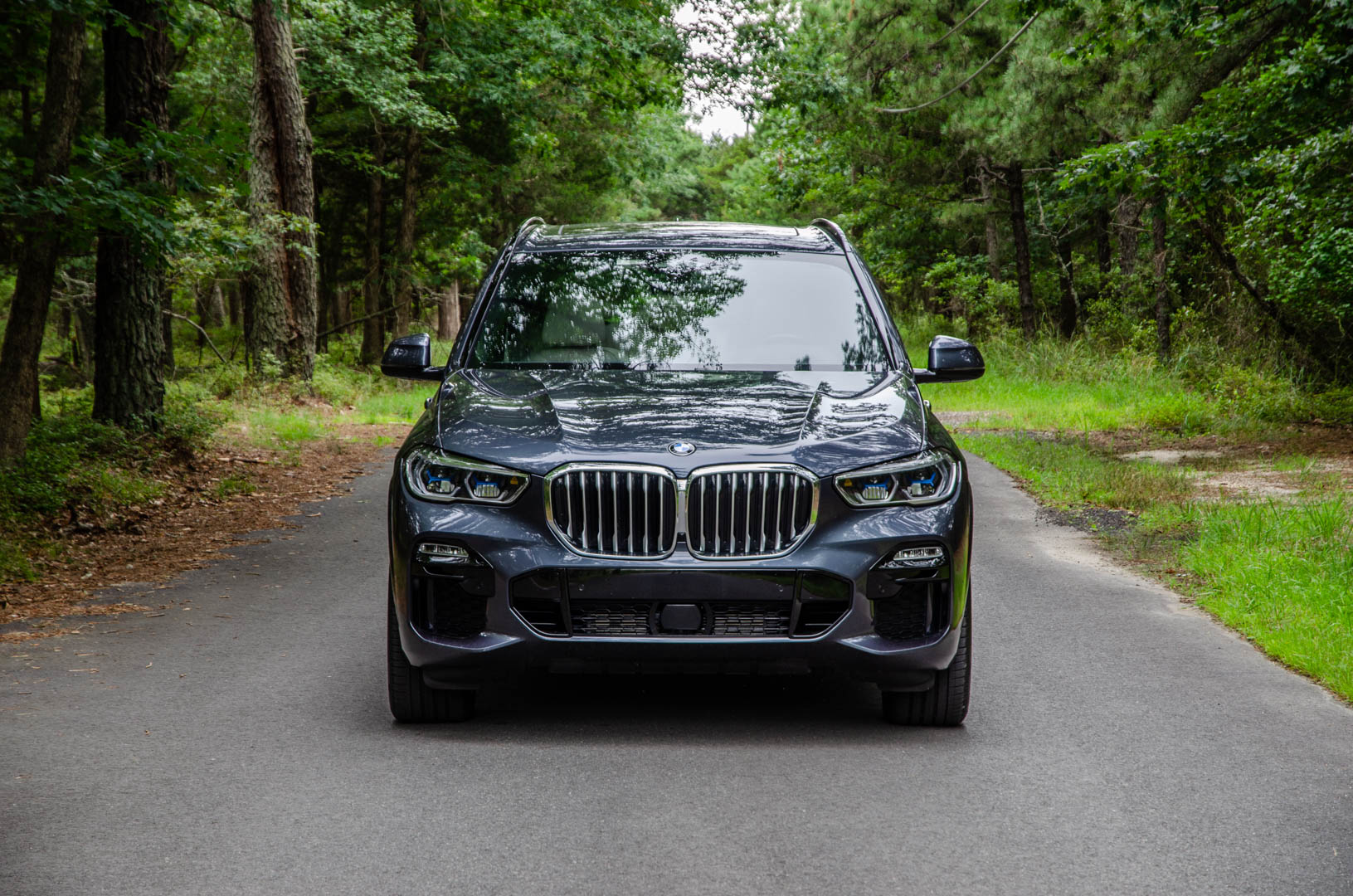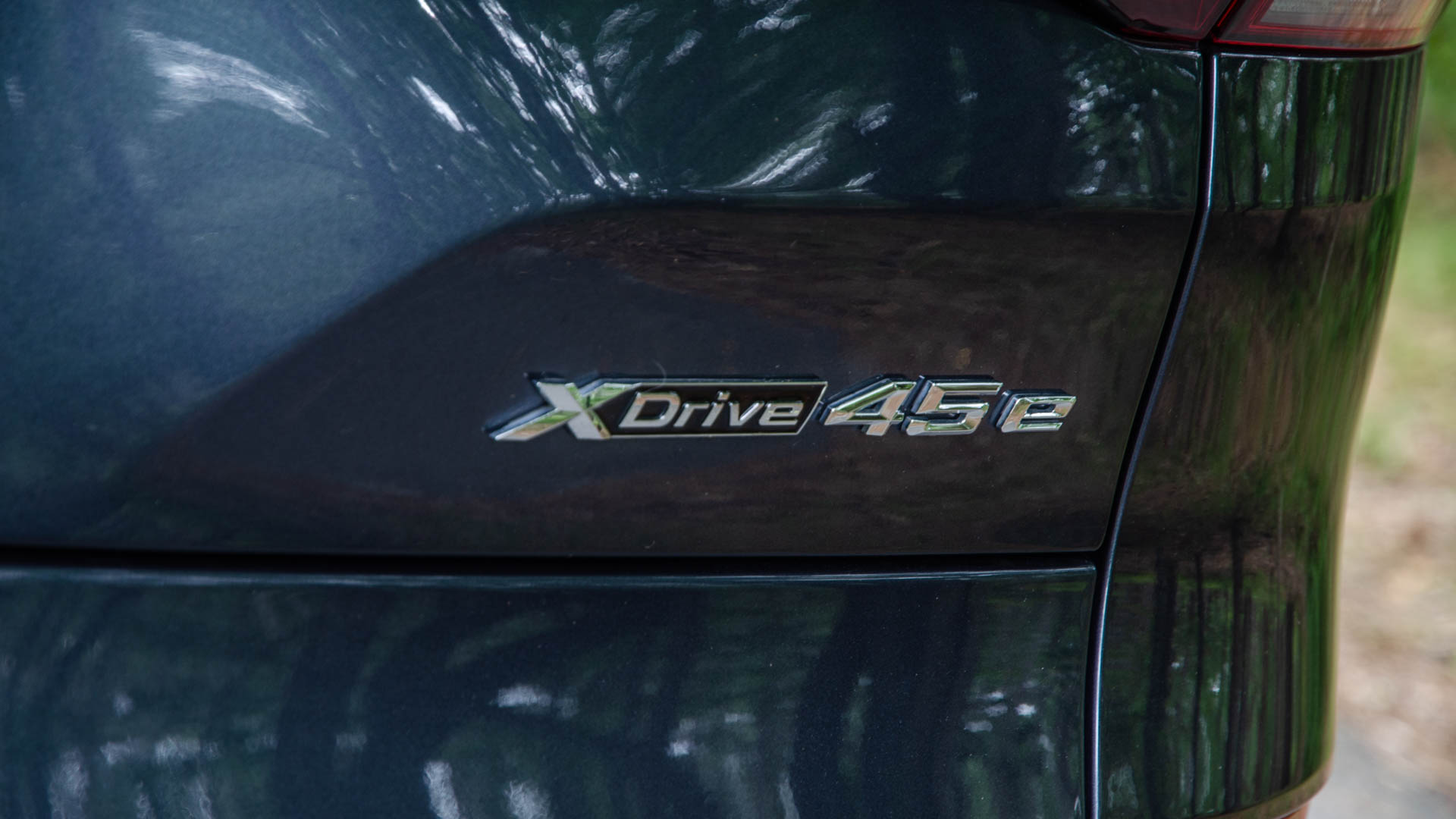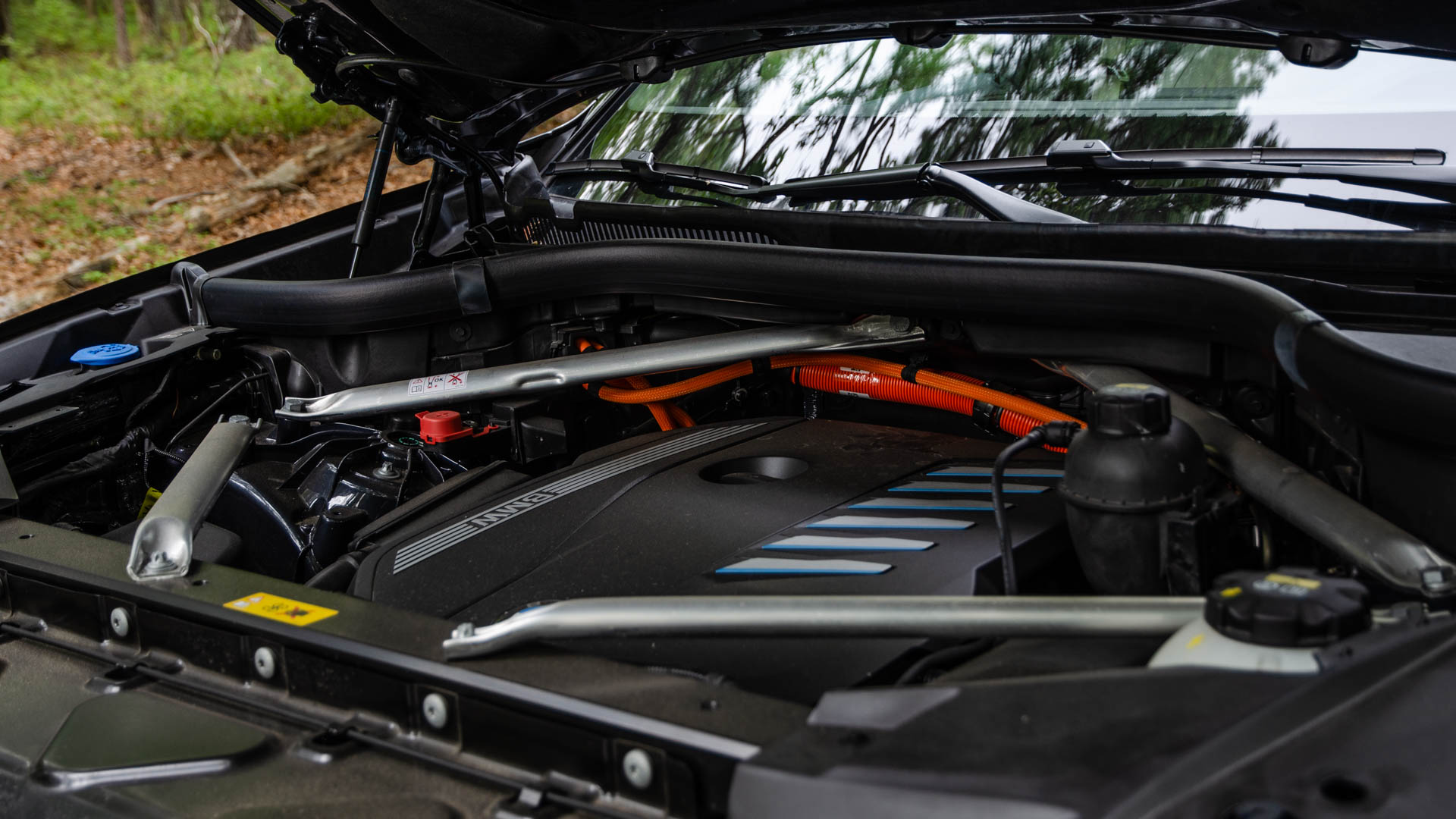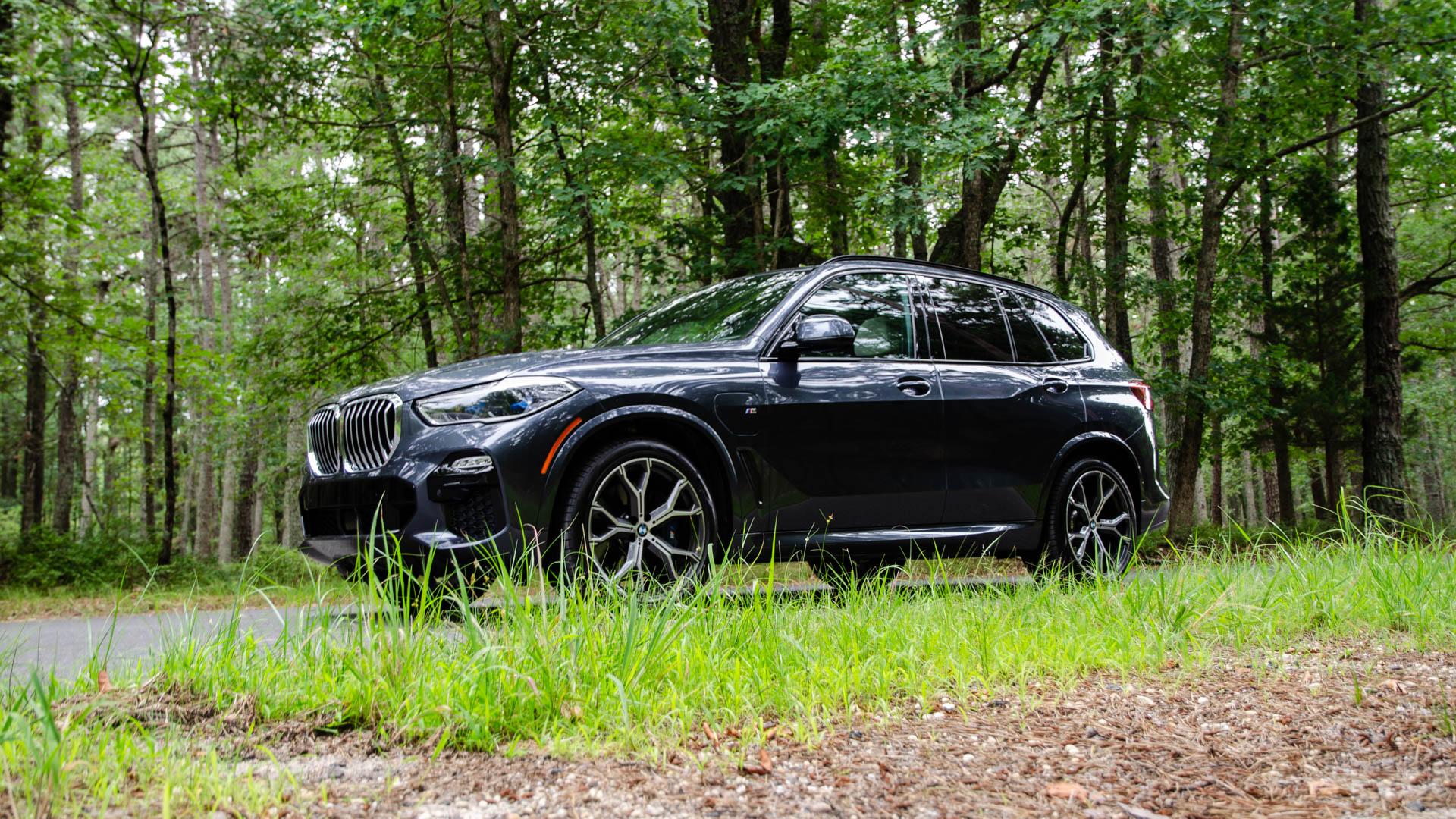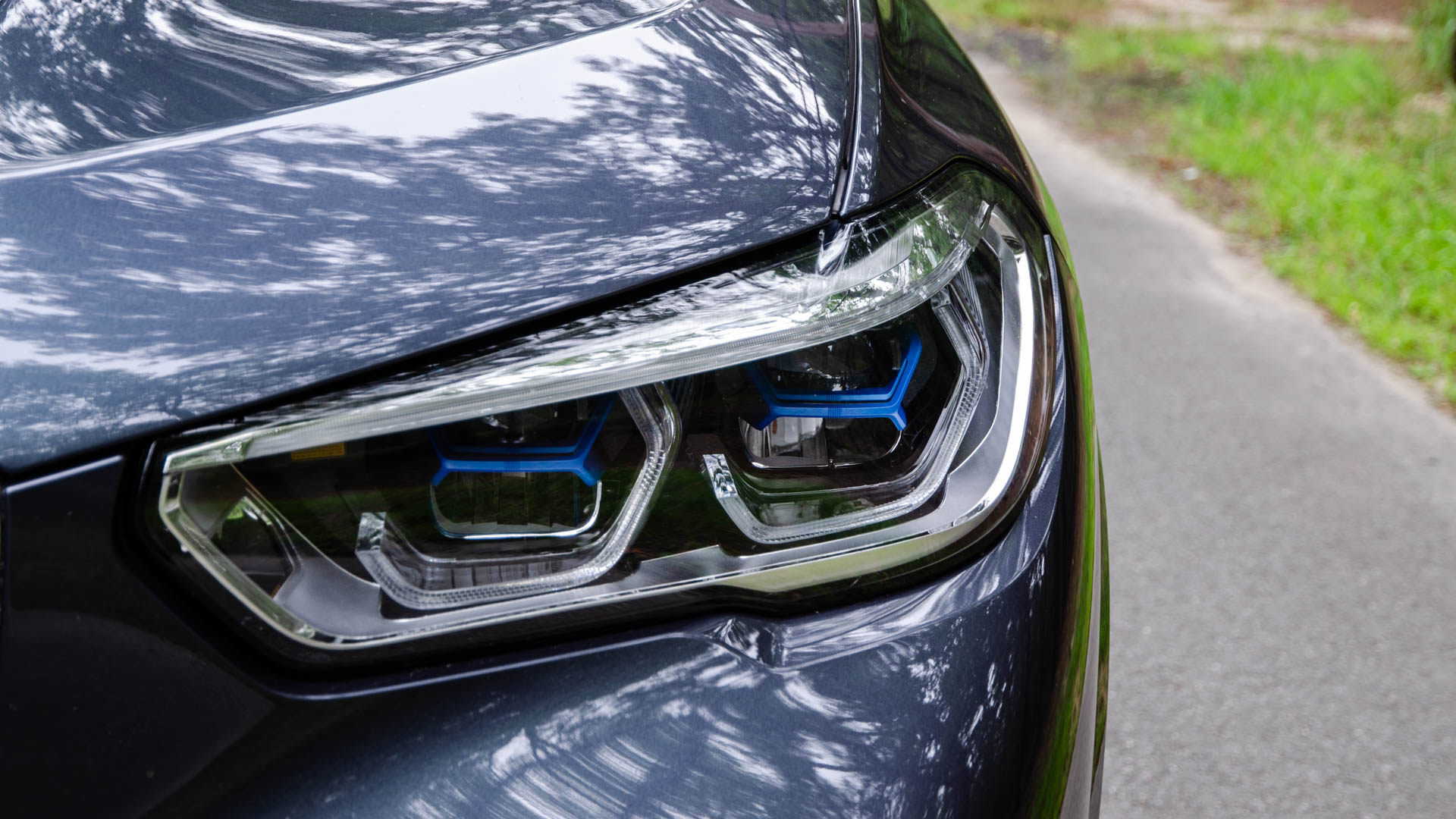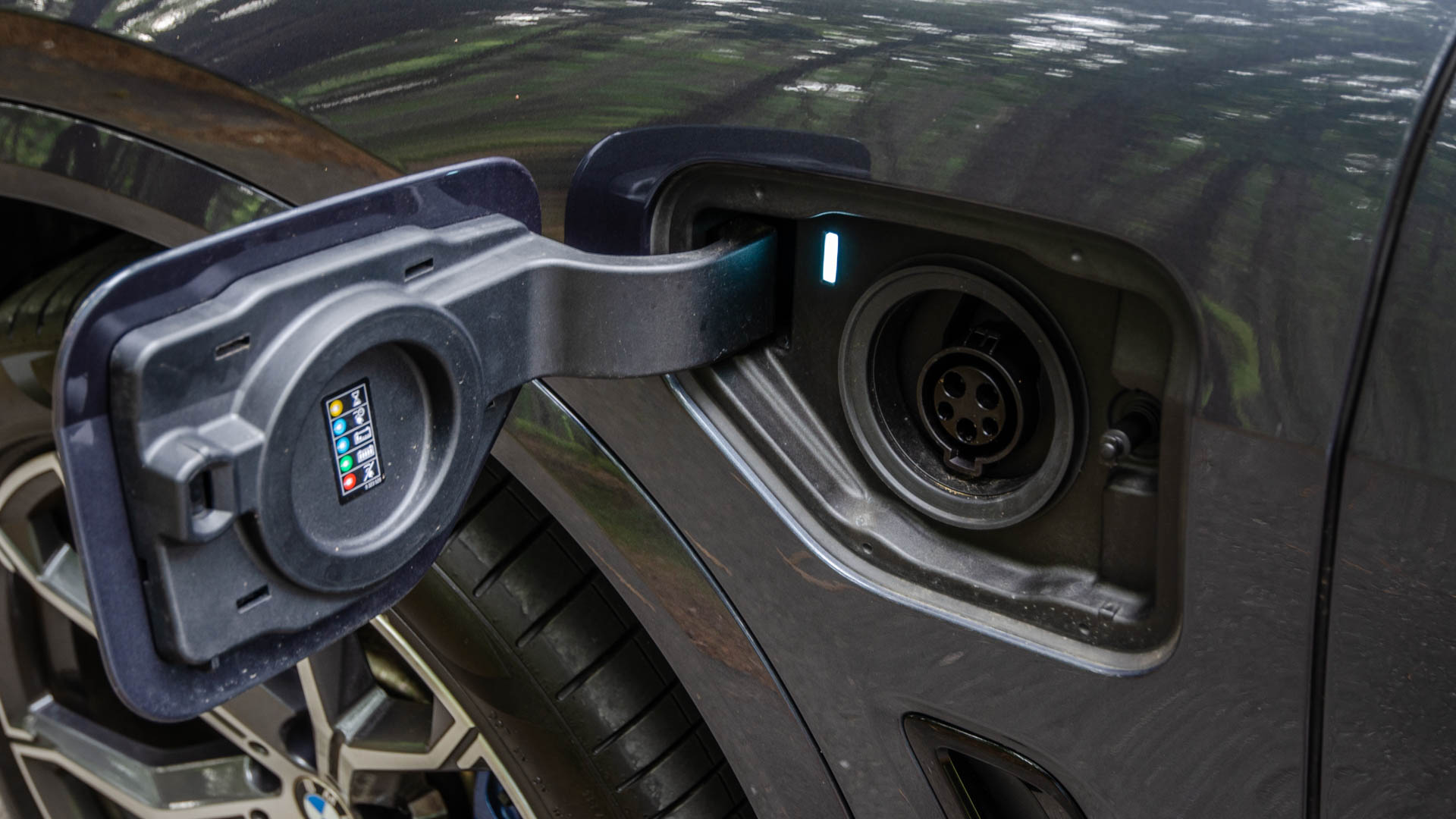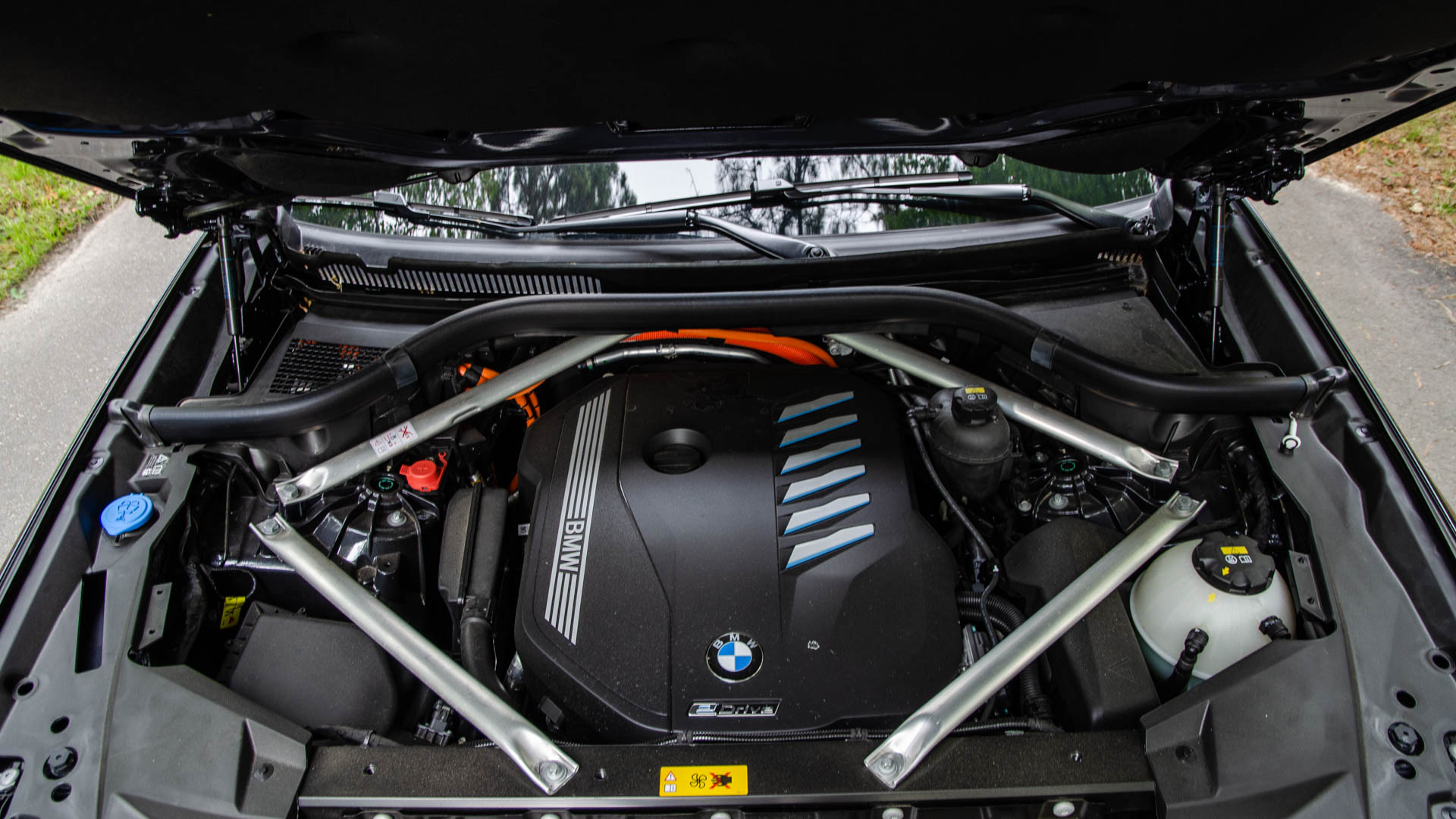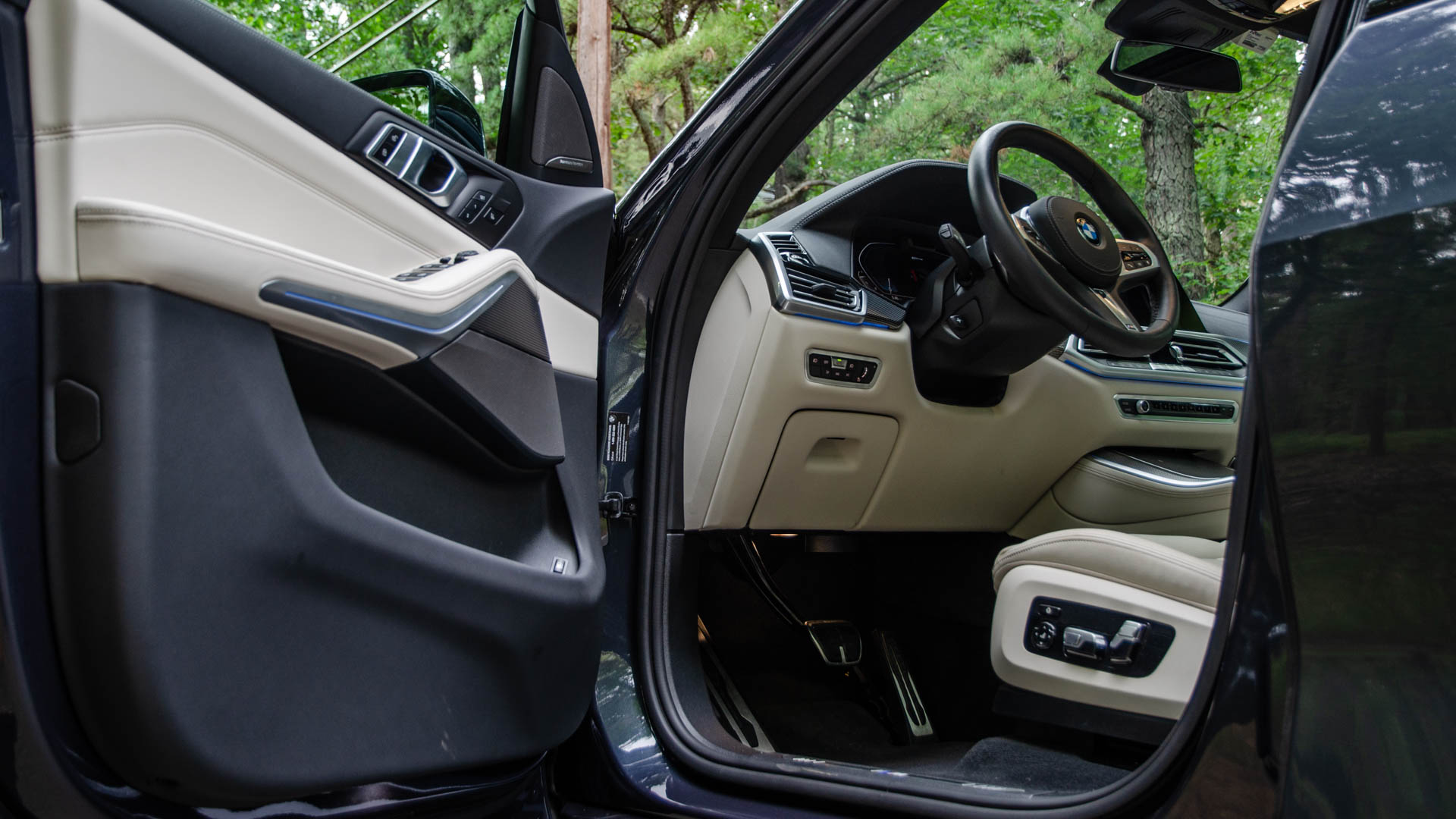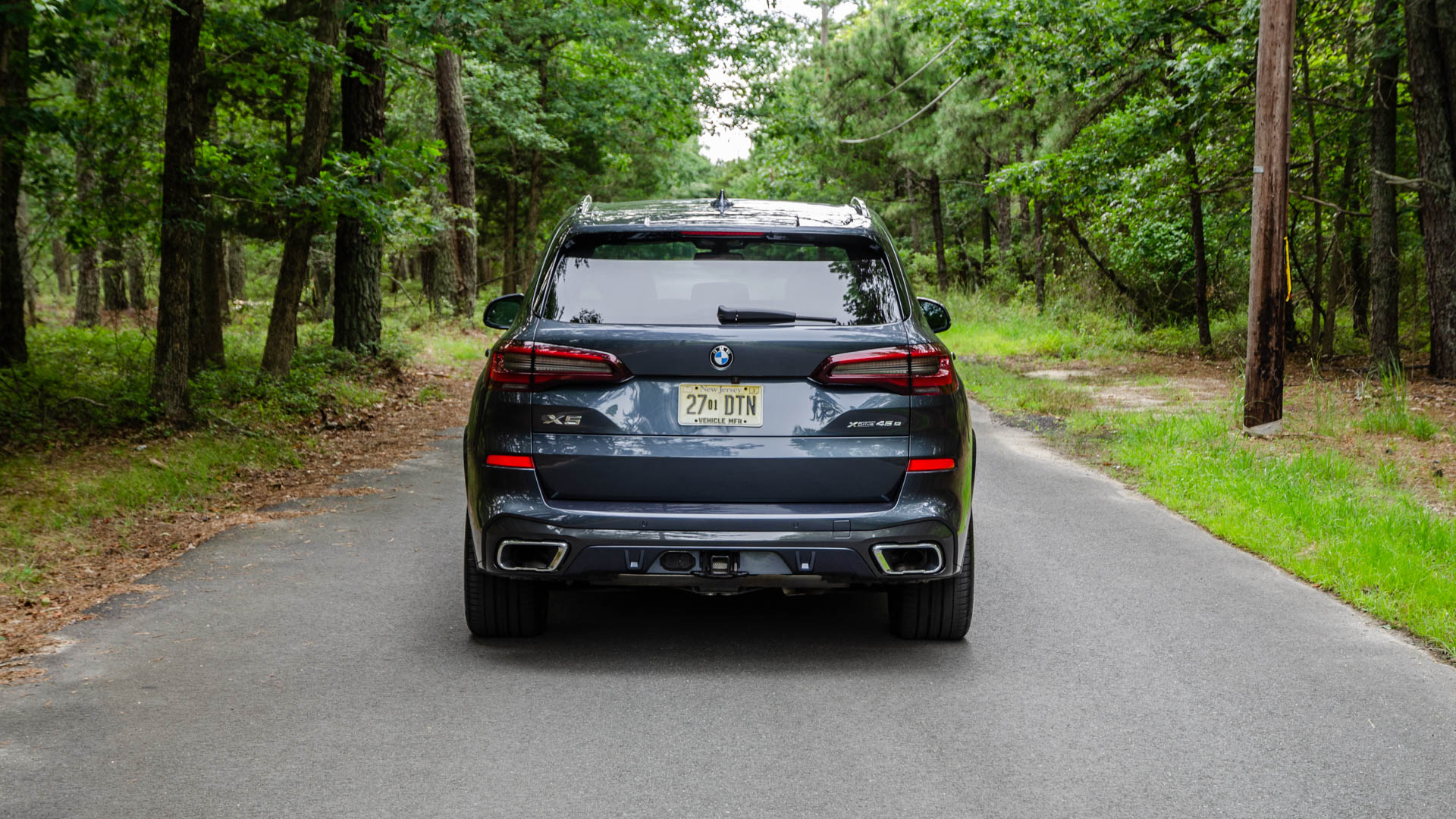I usually don’t much like going into test drives with high expectations. Doing so is almost always setting one’s self up for disappointment. However, that didn’t stop my high hopes for the BMW X5 xDrive45e, a car I’d been interested in driving since it first debuted. I’m admittedly a sucker for BMW’s plug-in hybrid models and the newest X5 hybrid looked poised to be one of the best the brand ever made.
Powering the BMW X5 xDrive45e is the brand’s newest hybrid powertrain; a 3.0 liter turbocharged inline-six, combined with an electric motor, to power all four wheels through an eight-speed automatic. It’s BMW’s latest hybrid setup, having debuted it in the BMW 745e, and it’s the main reason I was so curious to test the new hybrid X5.
Big Block Hybrid
All previous hybrid BMWs have impressed me; with more than adequate performance, surprisingly good fuel economy, and powertrain calibration so smooth and clever it bordered on magic. However, they’ve all used four-cylinder engines, which did make them feel a bit less pokey than their six-cylinder counterparts. However, the BMW X5 xDrive45e gets a six-cylinder engine (BMW’s B58 engine is also one of the best six-cylinders in the business) and hybrid electric assistance.
The engine by itself makes 282 horsepower, which is less than the 335 horsepower of the purely-gasoline X5 xDrive40i. However, its less powerful state of tune is more efficient, which makes it more useful for hybrid duty. Don’t think it’s a slouch, though, as the total combined power output of the hybrid X5 is a whopping 389 horsepower and 443 lb-ft of torque. For comparison, that’s more horsepower than the BMW M440i and more torque than the standard BMW M3.
Using the proven B58 Engine
BMW’s B58 engine is already one of the smoothest six-cylinder engines on the market, if not the smoothest. Combine that with additional electric power and you can imagine that the X5 xDrive45e feels turbine-like under acceleration. Admittedly, all of that smoothness would be for naught if BMW couldn’t calibrate it all together well but the Bavarians have done so beautifully. If you never told the driver it was a hybrid, they’d never know, even as the car cycles back and forth between pure electric power and the combination of both. The changing tachometer is really the only tell that there’s some hybrid trickery working in the background.
There are a few different driving modes but BMW mercifully simplified its hybrid drive modes. There are really three main modes, all of which with clear and straightforward names; Sport, Hybrid, and Electric. In Electric mode, it operates under pure electric power, under which it can travel up to 31 miles. In Hybrid mode, the X5 determines when and how to use its engine and electric motor, for the best fuel economy. Sport mode uses the max power of the full powertrain, all the time. It also uses the engine to replenish some of the 17.1 kWh battery’s electric range. So if you want a few miles of electric range to finish off your journey in town or in the city, put it in Sport mode for a while and hammer it. It feels odd driving hard to increase your range but it works.
During my week with the BMW X5 xDrive45e, I mostly left it in Hybrid mode, which goes against my typical Sport mode dominance. However, I wanted to see just how efficient the X5 hybrid could be when driving normally. During that week, I returned an average of 35 mpg, during a mix of highway and around-town driving, which I think is really good for such a big, heavy SUV.
Despite being in Hybrid mode most of the time, I never wanted for more power or acceleration. Ample power was always on tap at the prod of the go-pedal, regardless of whether the engine was engaged at the time of prodding or not. BMW’s software calibration team put really put in the hours because the car always seems to know exactly when to use the engine, how much of it to use, and when to turn it off, no matter how much throttle you give it or don’t give it. Really clever stuff. And it’s always silky smooth in operation, which makes it a joy to use.
It’s Still an X5
Thankfully, the rest of the BMW X5 xDrive45e is just a normal X5. By that I mean it’s excellent. All X5s are comfy, spacious, quiet, and lovely to drive. As typical of a G05-gen BMW X5, the X5 xDrive45e has nicely weighted steering, with accurate inputs and a positive front end, for a luxury SUV. It’s obviously no sports car but it’s not meant to be. Still, it’s more nimble and agile than an SUV of its size should be, so it always feels sure-footed and stable, even if you want to try and play with it a bit.
However, relax a bit and it really comes into its own. The ride is comfortable, the cabin noise is kept to a minimum, and there’s plenty of space for all of your family’s gear. Admittedly, the battery being located under the trunk floor eats up a single cubic foot (28 liters) of space but it’s still mega-practical.
Also, being an X5, the cabin is simple of nice looking and built with the highest-grade materials. The leather is soft and supple, everything feels built to withstand nuclear fallout, and there’s enough real metal to make it feel premium. BMW’s iDrive 7 and Live Cockpit Professional give it all the cabin tech anyone needs, too.
Best Non-Performance BMW X5
Obviously, if you’re looking for a performance SUV, the BMW X5 xDrive45e isn’t going to satisfy your needs. Not only is it not sports car fast but it doesn’t handle like a performance SUV. However, if you’re looking for a regular X5, the xDrive45e is the best of the bunch. Not only is it every bit as punchy as the standard six-cylinder model but it sips less fuel, has an all-electric range for around town use, and is friendlier to polar bears. I don’t see any reason to get the standard xDrive40i over the xDrive45e, as the hybrid version’s added features make it well worth the price premium.
Exterior Appeal - 8
Interior Quality - 8
Steering Feedback - 7
Performance - 8
Handling - 7
BMWness/Ultimate Driving Machine - 7
Price Point - 8
7.6
The BMW X5 xDrive45e is the best non-performance version of the X5, with ample power and better fuel economy than the standard six-cylinder model.






